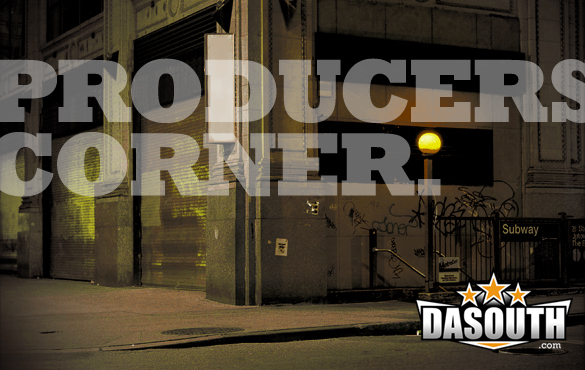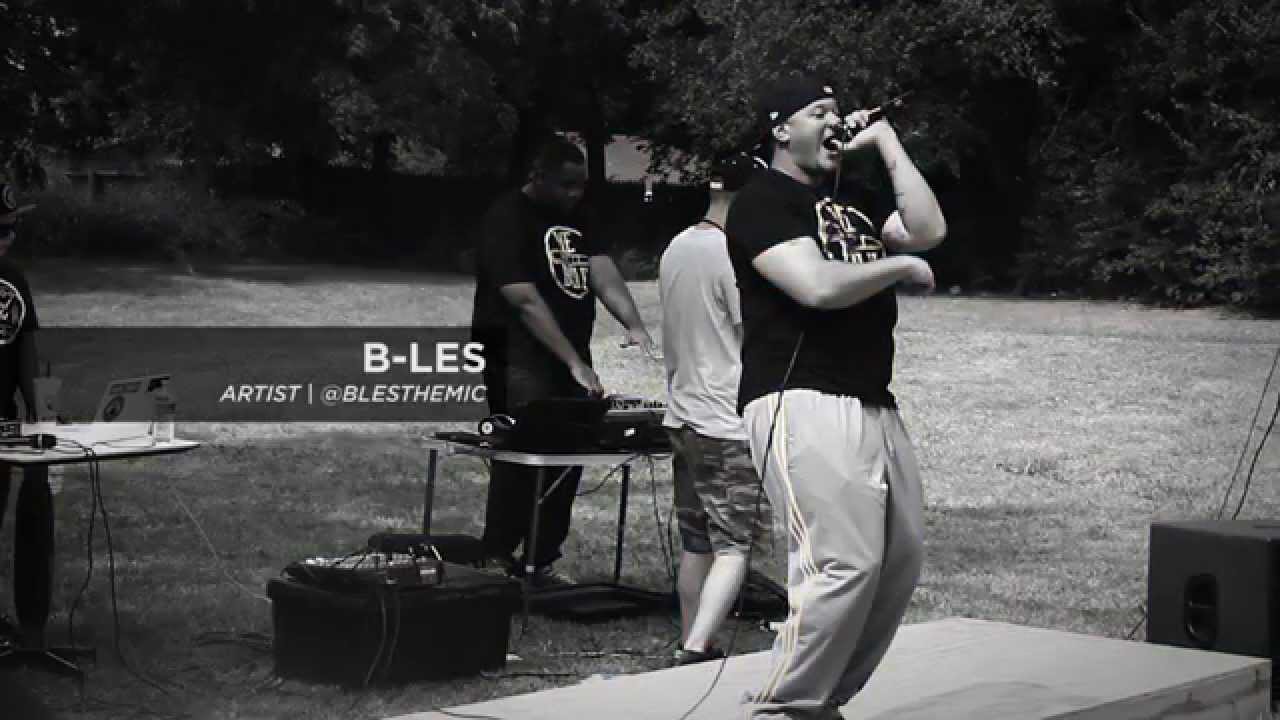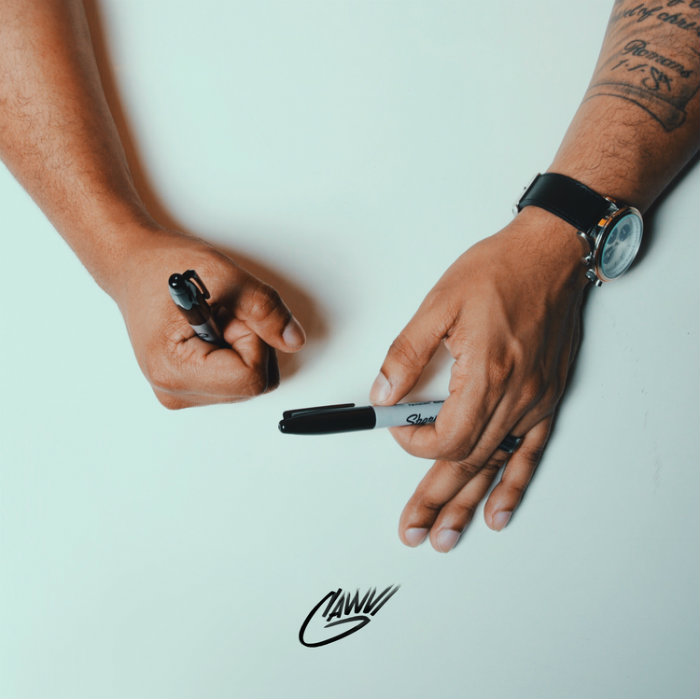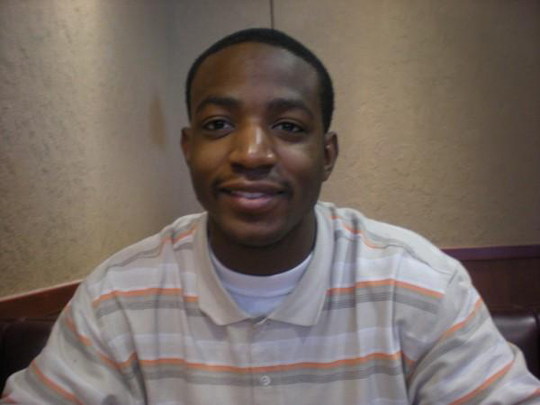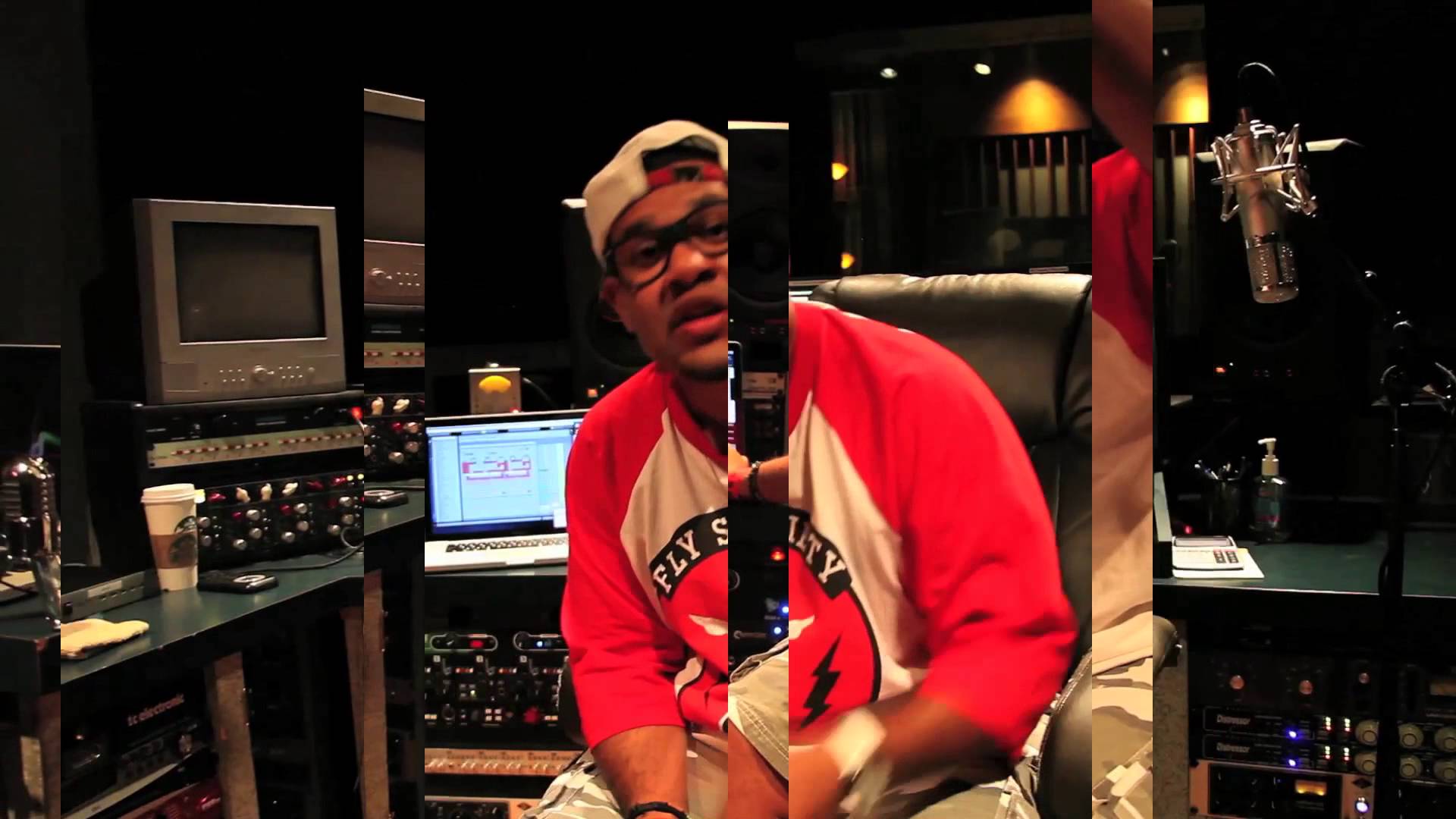Today’s Hip Hop production market has expanded drastically compared to the market 20 or even 10 years ago. Advances in technology have made it quite easy to make beats so the market is swamped with “Beat Makers”. This has led to an abundance of beats for artists to choose from. How is a producer supposed to stand out amidst all of this beat making you ask? One way is by developing and sticking to flawless techniques!
Last time we covered a little bit about how I arrange the verse bed of a typical Hip Hop beat. Today we’ll focus on the Hook. Let’s not take for granted that everybody knows how a hook should sound in relation to the rest of the song. Many producers start out thinking it’s ok to make a beat sound the same the whole way through. I would agree, in the name of creativity, this may be ok sometimes but I wouldn’t make a habit of it. As you begin to grow as a producer you will eventually start shopping your music to artists and they will undoubtedly ask you “where does the hook come in?”
The hook is where you really get to shine as a producer. This is where you pull out all the stops. The artist is going to want the hook to be melodic (especially, if they are high profile and are very interested in selling records). This isn’t to say you have to be a top notch musician but you likely want to practice on making melodies as your grow as a producer. Melodies are memorable and the best and most played songs are the ones we can’t forget.
Good instruments to use in the hook are horns(synth horns for southern music), Strings, and Organs. I like these instruments because they fill up space. These instruments have a strong presence if used properly and will easily let the listener know the hook has begun. Especially if they were not present earlier in the song. If you want to get the best results with these instruments you’re going to have to practice chords. Chords are three or more notes played together creating a beautiful sound (my definition ;-)). In my limited experience with chords I’ve found that the hardest part about using them is progressing from chord to chord. However, if you can master chord progression, or even get kinda good at it you’ll be ahead of the game. In fact, most of the music you love likely has wonderful chord progressions. When chords are progressed properly the listener will feel it strongly. It’s an undeniable truth about music. Most trained musicians know this, I realize however, that most producers are not trained musicians and may be overlooking this extremely important part of professional music production. In fact, most church organist will admit that there are certain chords they play when they want to get a certain response from the congregation during certain times of service. That should show you the power they possess when done properly…
So, once you have created your chord progression you really have done about 50% of the work, if not more. In fact, a nice hook could just be the chord progression you created with either of the instruments I listed above. However, I like to give the listener something to listen to. So, if I don’t already have a melody I’ll create one by just playing around with the notes that fit into the chord structure I created until I find a series of notes that have the sound or feel I want the song to portray. I pretty much do this by ear. I like to let that chord progression play a few dozen times until a melody starts to form in my mind. I hum it to myself then find the corresponding notes.
Next, and one of my most vital tools, is the arpeggiator. My life changed when I discovered this thing. I’m not joking… If you use Reason to make music then you have it. If you’re not using it then slap yourself right now. The Arpeggiator is easily the most important tool I use in my beats. The Arpeggiator allows you to enter a chord into it and it will play those notes in succession as single notes as opposed to all three or more simultaneously. I guarantee Arpeggiators are used in at least 80% of the music you hear nowadays. The great thing is that you can adjust the speed, pitch, octave, and time signature. Reason also allows you to program these settings so they can actually change throughout the song!!! You can also use them with ANY instrument. I obviously love the Arpeggiator and they have become a staple in my beats. If you make southern beats and are not using an arpeggiator then you can thank me anytime you like 😉
All of the above are great together and will sound really nice especially if you can combine those instruments listed above and blend them perfectly. However, it’s completely naked without a bassline. Picture all of the above as beautiful cars on a high way. Strings, Horns, Synths, Piano Keys, etc., all blend together in an orgasmic display of music wizardry. Well, they need concrete to ride on. That, my friend, is the bassline. Don’t let anyone tell you that you don’t need a bassline because you do! I’ve recently gotten in the habit of using two instruments to do this: A sub for a very clean, heavy bottom and a bass guitar to handle the middle and the notes in the bassline.
I’ll wrap up by saying basslines are not all ways easy. Sure, you could just make straight notes without much movement but you know how I feel about that: “BORING!!!” I suggest you study the basslines of Motown. Their bass player James Jamerson is regarded as one of the best bass players of all time. I’m not sure but I’m almost certain he played the bass on the Jackson 5’s “ABC” which is regarded by many as the most difficult song to play bass on. The movement of the bass in this song is amazing and will give you an idea of how far you can take your basslines.
In closing, I can’t tell you how to mesh all of these tools and techniques together to form your hook. In fact, you will have many songs that don’t use anything I’ve stated today in the hook and that’s perfectly fine. However, the one thing you should take away from this post is that your hook should sound different than the rest of the song. Even if you add one instrument that’s not used in any other part. Also, don’t over do it. I had a REALLY bad habit of doing this until my beautiful wife waned me off of it. You’ll see, once those chords get to rolling and the horns get to blazing, you’ll start thinking of a million different things to throw in there. As producers we must find a way to balance the beauty of our music. We must use patience and self control. Timbaland is a master of this. He can have 20 different sounds playing at the same time and they wont sound crowded. As a producer, It’s important to be able to recognize when a beat is complete. I’ll leave you with a quote my wife gave me that I’ll never forget.
“A beat should sound unfinished to a producer because the artist is the missing instrument in your music…”
God bless,
website: www.jimmynatural.com
email: tracks@jimmynatural.com
twitter: @jimmynatural000
blog: jimmynatural.tumblr.com
Soundcloud: soundcloud.com/jimmynatural

